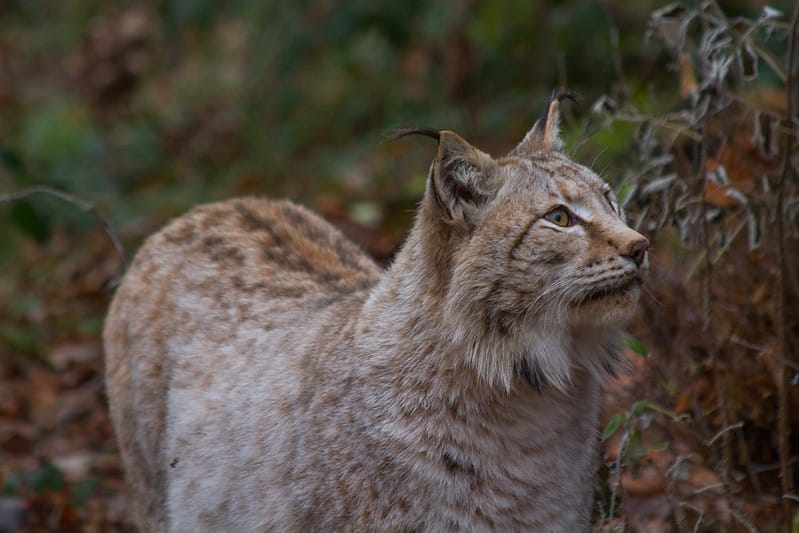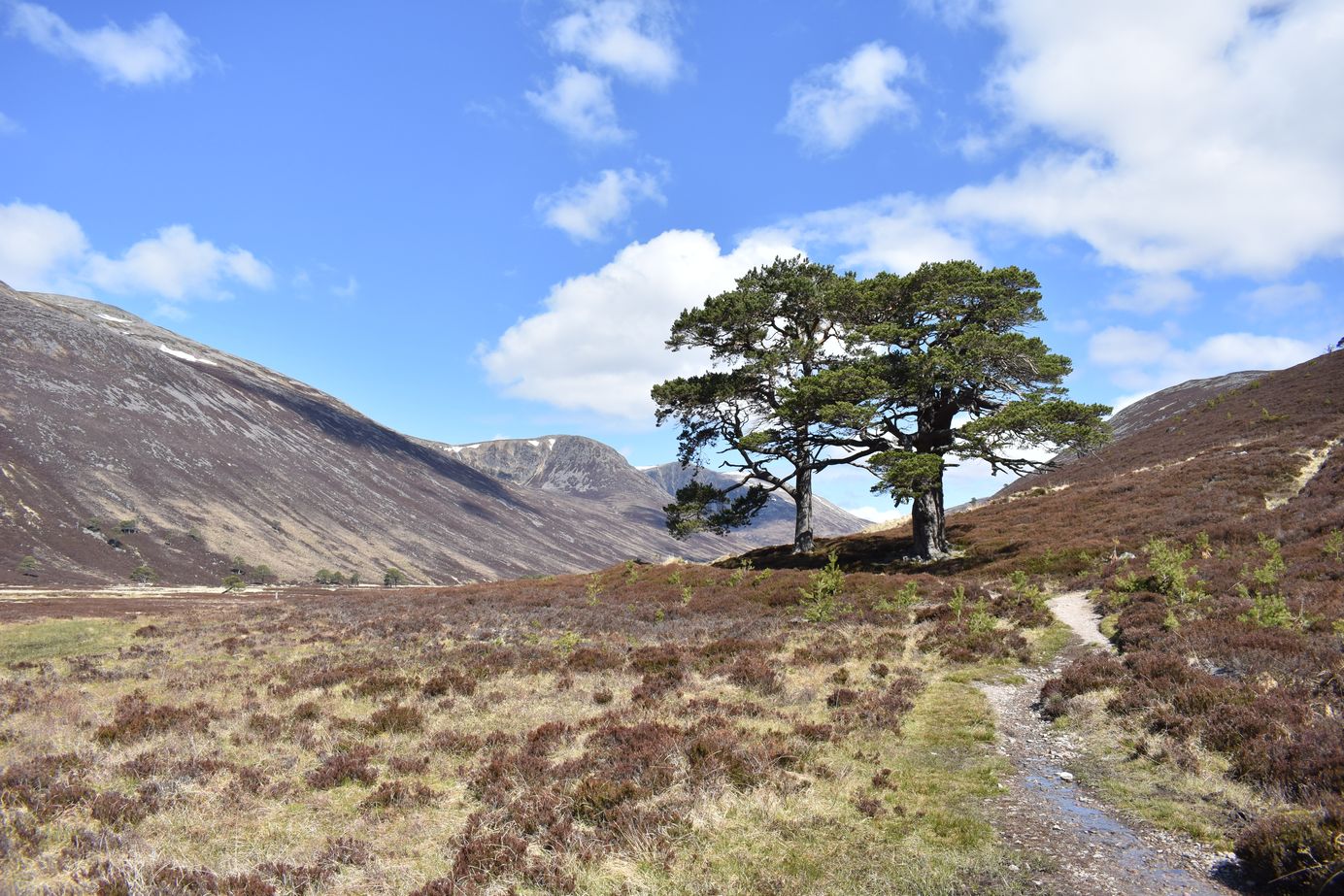
A journey through the Cairngorms – and through time
The naturalist Seton Gordon chronicled the changing landscapes of the Highlands. His books show how far ecological baselines have shifted over the past hundred years.
Seton Gordon was the archetypal Edwardian naturalist. Born in Aberdeenshire in 1886, he enjoyed a long life pursuing his two great interests: bagpiping and natural history.
By the time he died, in 1977, Seton had become a cult figure for the hardy band who followed in his footsteps, his trademark image – tall, kilted, wearing a deerstalker cap – etched into the minds of those who had encountered him in his beloved Highland hills.
Born into a wealthy family, Seton was privately educated and well-connected, studying at Oxford before dedicating himself to a life of writing, lecturing and photography. His output was prodigious – more than 27 books on Scotland alone – and backed up by countless hours in the field.
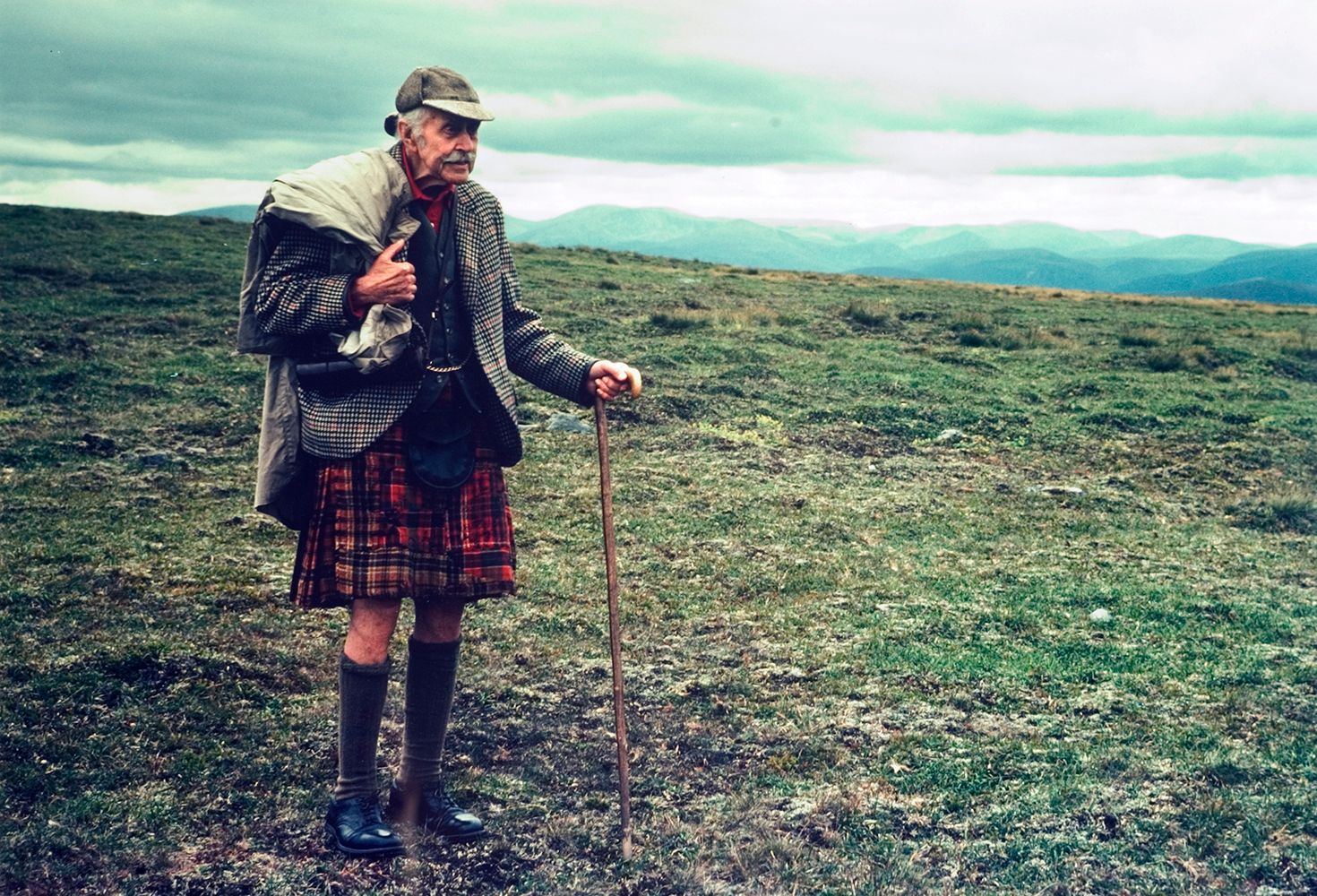
Among his best known works is The Cairngorm Hills of Scotland. Published in 1925, it explores the geology, climate and wildlife of that famous mountain range, spun through with anecdotes from days spent among their peaks and pinewoods.
In 2023, this book has become so much more than a study of the Cairngorms. It is now a portal, allowing us to travel back in time and understand what the environment was like almost a century ago – a powerful antidote to what ecologists often term ‘shifting baseline syndrome’.
Reading Seton’s words, it is clear that much has changed since the 1920s. I often wonder what he would make of these mountains and glens, which were so precious and familiar to him, if he could see them again today.
Game and vermin
To read The Cairngorm Hills of Scotland is to understand that the early twentieth century was a time when the shooting of certain animals for ‘sport’ ruled supreme in the Scottish Highlands.
There was no ‘right to responsible access’ and the worldview that divides wildlife into either game (good) or vermin (bad) was hegemonic, its manifestation reflected in the biodiversity of the Cairngorms even more than it is today.
Seton Gordon was well aware of this and of the impact that a centuries-long crusade on predatory species was having. He quotes eighteenth century records from Upper Deeside, showing the impacts of the "warfare" against vermin over a period ten years – including the loss of 44 wildcats, 70 eagles and more than 2,500 hawks and kites.
Little wonder, therefore, that Seton noted so much loss, with local extinctions coming thick and fast.
If Seton were to visit the Cairngorms now, I think he would be both heartened and amazed.
Attitudes towards predators are clearly changing as the dominance of field sports declines. The consensus now is that these predatory species have a place in our landscapes and so they are returning.
Ospreys reintroduced themselves in the 1950s. Goshawks have reappeared, as have white-tailed eagles, and red kites are resurgent in the Angus Glens. Pine martens once again abound in the forests and, as of this year, wildcats are being reintroduced into the national park.
But everything in the natural world is interconnected, and the return of predators has, of course, changed the density and distribution of prey species. To read Seton’s accounts of the Cairngorms' high tops is to understand that these hills used to quiver with ptarmigan.
I have personally logged many hours among the Highlands' peaks and have never seen a covey of more than six ptarmigan – and even that was a long time ago.
Recently, they have disappeared from their reliable haunts in the Cairngorms’ Northern Corries, and population estimates suggest their numbers in Scotland have reduced by more than 80% since 1961. I suspect Seton would be appalled by the speed and scale of their decline.
Summer snows and winter frosts
Predators are unlikely to be wholly responsible for the ptarmigan’s decline in the Cairngorms.
Increased disturbance from people and their dogs is likely to have taken a massive toll. But perhaps the greater influence on Scotland’s alpine birds has been the changing climate and, in particular, the diminishing grip of frost and snow on the mountains. Without a white backdrop, ptarmigan's camouflage is worse than redundant – it is a giveaway to their presence.
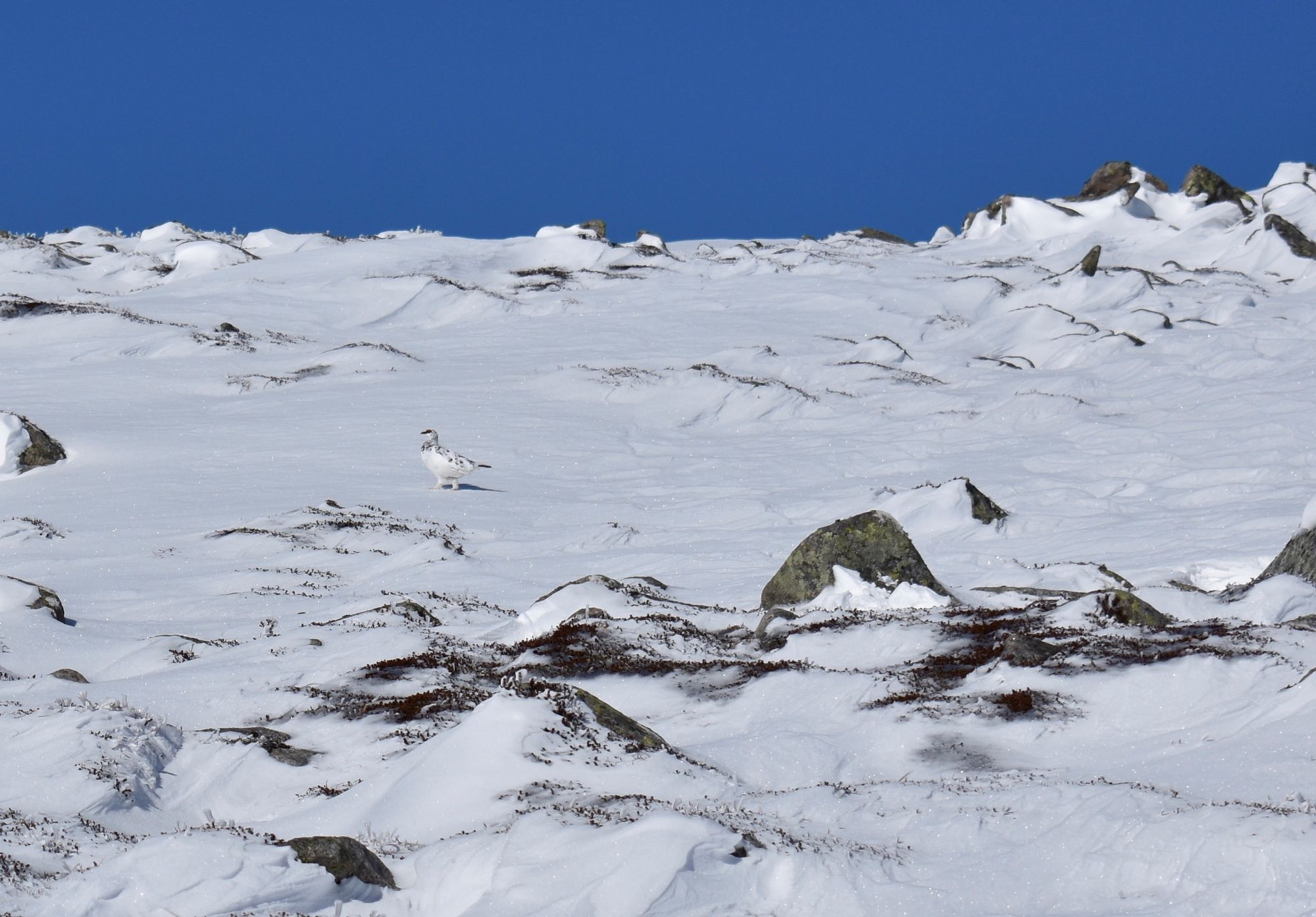
Seton describes the freezing conditions that descended on the landscape during the years of his wanderings:
If that is what winter in the Cairngorms is, then the season doesn’t exist anymore.
Like a lightbulb flickering as it nears the end of its life, winter cold in the Cairngorms is now a sporadic occurrence, rather than a months-long period of every year. In another hundred years, it will likely only persist in photographs and the memories of older people.
On the highest tops, perennial snow beds – the patches of white that survive all through the summer – have already become a thing of the past. Seton writes of the snowfields of Braeriach’s Garbh Choire Mor, including one “that has never within living memory been known to disappear.”
That same snow patch has since melted ten times – five of which have been since 2017. Even when it doesn’t vanish entirely, what remains is so small that it serves little ecological function. No longer can ptarmigan “seek out these Garbh Choire snow-fields as roosting places… when no other corrie of the western Cairngorms holds snow.”
Of all the changes that have occurred since the 1920s, I think Seton would be most surprised by the lack of summer snow. How he would react, I do not know. But to read his accounts of the high tops is to realise how drastically the climate has altered over the course of one human lifetime. That pace of change is only going to accelerate.
The return of the Caledonian Forest
Seton was clearly enamoured with the way of Highland stalking, and had many friends among the hardy men that managed the Cairngorms’ wild deer, some of whom still “had the Gaelic”.
But Seton also had a love of the Cairngorms’ pinewoods. He was amazed at the age of some individual trees and wondered aloud at the changes these veterans had witnessed over the course of their long lives:
Seton understood that excessive numbers of wild deer were slowly killing the Cairngorms’ great pinewoods. His love of stalking did not seem to trouble him with any cognitive dissonance, even as he noted that:
To rectify this problem, he suggested that:
What a treat it would be, to accompany Seton Gordon on a walk through Glen Derry now. To be by his side as he took in the great hordes of pine saplings rising up through the heather – their future secured not through fencing, but thanks to the dedicated deer management of the Mar Lodge Estate stalkers.
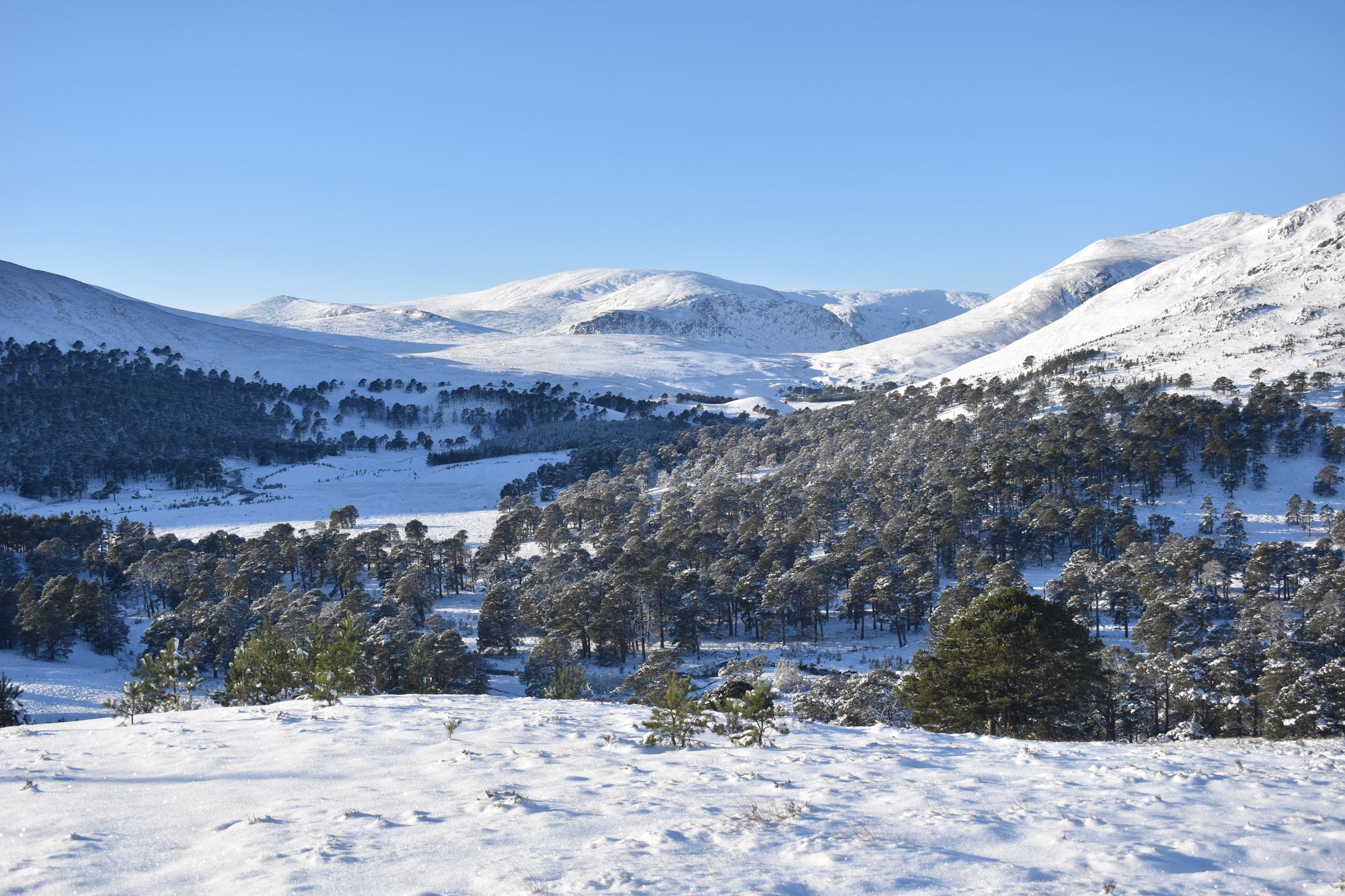
Alongside them, countless other species, which would never have been saved by a few fenced enclosures, are also rebounding – dwarf birch, juniper, melancholy thistle, montane willows and aspen, to name just a few.
Together with the pines, this whole woodland habitat is recolonising higher altitudes, with the new seedlings cropping up above 3,000ft in places. Seton expected this:
I wonder if he would be gratified to have his hypothesis so resoundingly confirmed.
I also wonder if he would struggle with the level of deer culling that the regeneration of the Cairngorms’ ecosystems requires? Or whether he would see the logic of pursuing lower densities, before allowing numbers to rise again – this time within an enriched, forested landscape?
As a keen naturalist, with a good understanding of the natural processes that shape our ecosystems, my guess is the latter. I also suspect that he would enjoy a blether with the Cairngorms’ current deer managers every bit as much as he did with the stalkers of old.
A positive shift?
In contrast to Seton’s easy way of conversing with both gentlemen and ghillies, many of our current debates around land management and nature recovery are heated, polarising exchanges.
These discussions, often unfolding on social media, lack nuance and empathy, and include little historical context.
But that context is vital for all of us involved in land management to understand. It tempers us and encourages humility; reminds us that ecosystems are never static, that cultural trends and ideologies impact hugely on the wildlife we share these islands with, and that we are stewards of land for only a brief window in time.
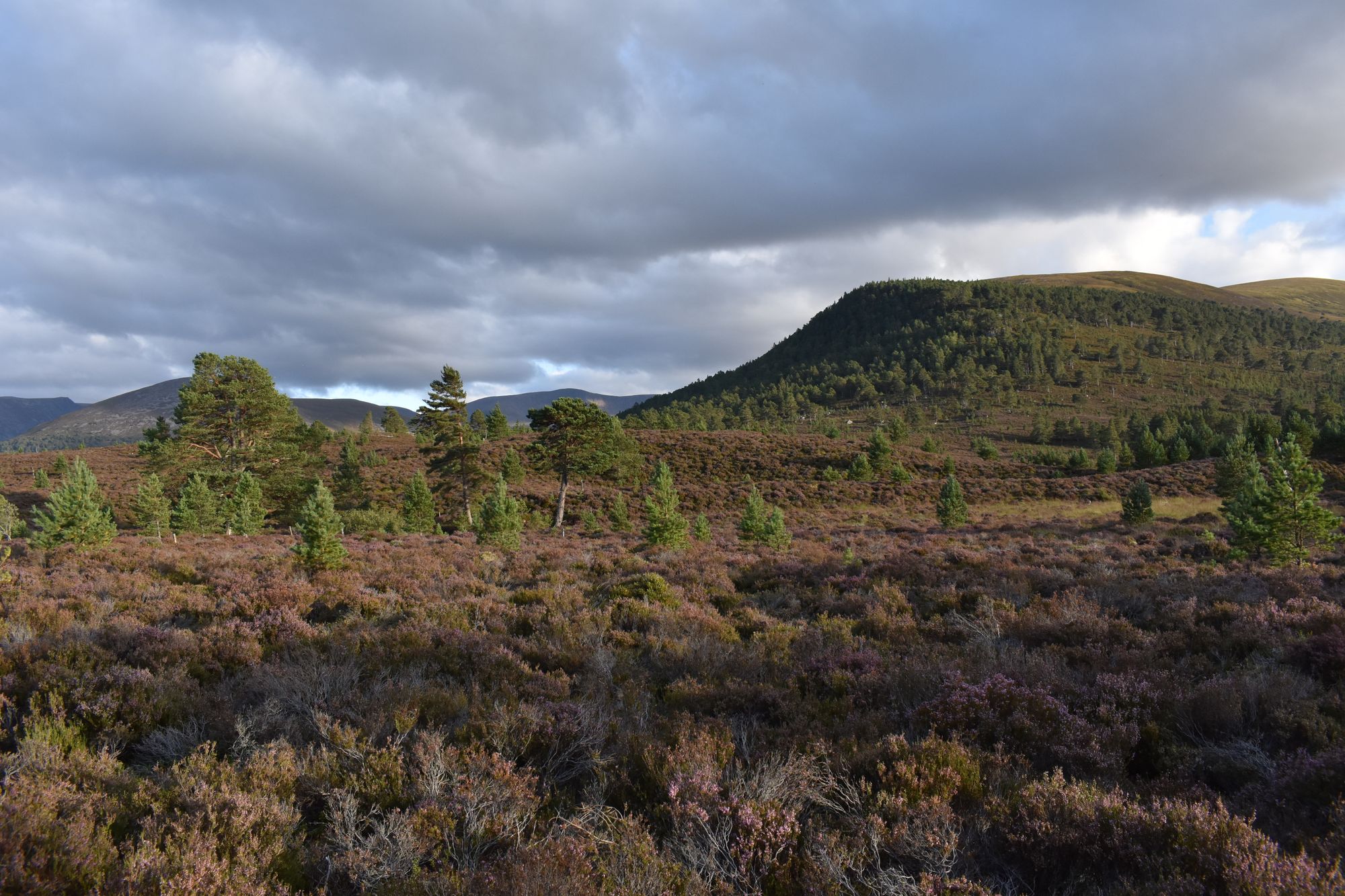
Reading books like The Cairngorm Hills of Scotland can often be depressing. By taking us back in time, they provide irrefutable evidence of the damage wrought by mankind. Of the species we have lost and of the havoc we are wreaking on the Earth’s climate.
But the converse can also happen. Such accounts show that, when we put our minds to it, nature recovery is possible – we can turn things around.
To visit parts of the Cairngorms National Park now is to see the ecological baseline shifting, at last, in the right direction. Were Seton still around, I feel sure he would want such progress to continue.
This article was made possible by funding from The Pebble Trust.
Except where otherwise stated, all photographs belong to Matt Hay. If you hold the copyright to the photograph of Seton Gordon, please get in touch.
Subscribe to our newsletter
Members receive our premium weekly digest of nature news from across Britain.
Comments
Sign in or become a Inkcap Journal member to join the conversation.
Just enter your email below to get a log in link.


